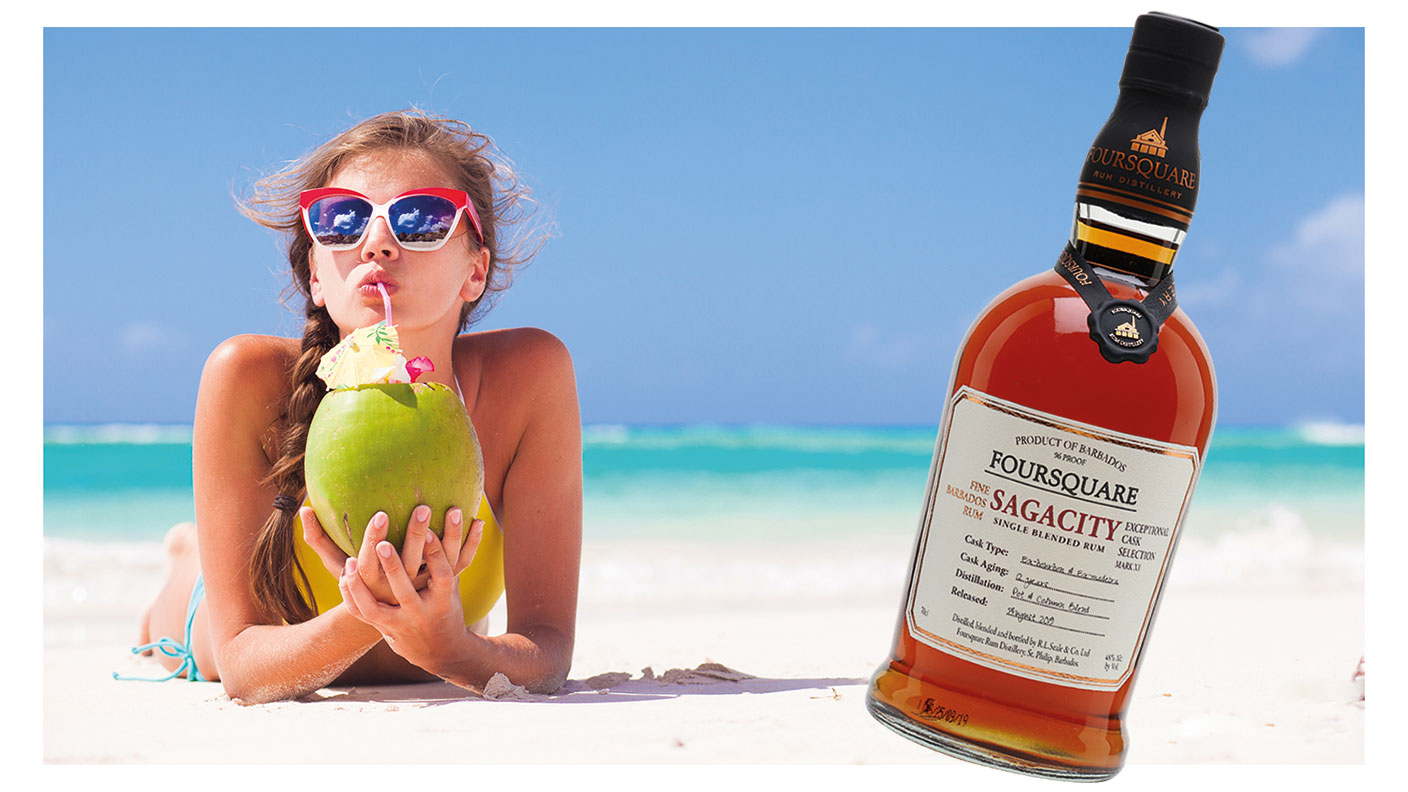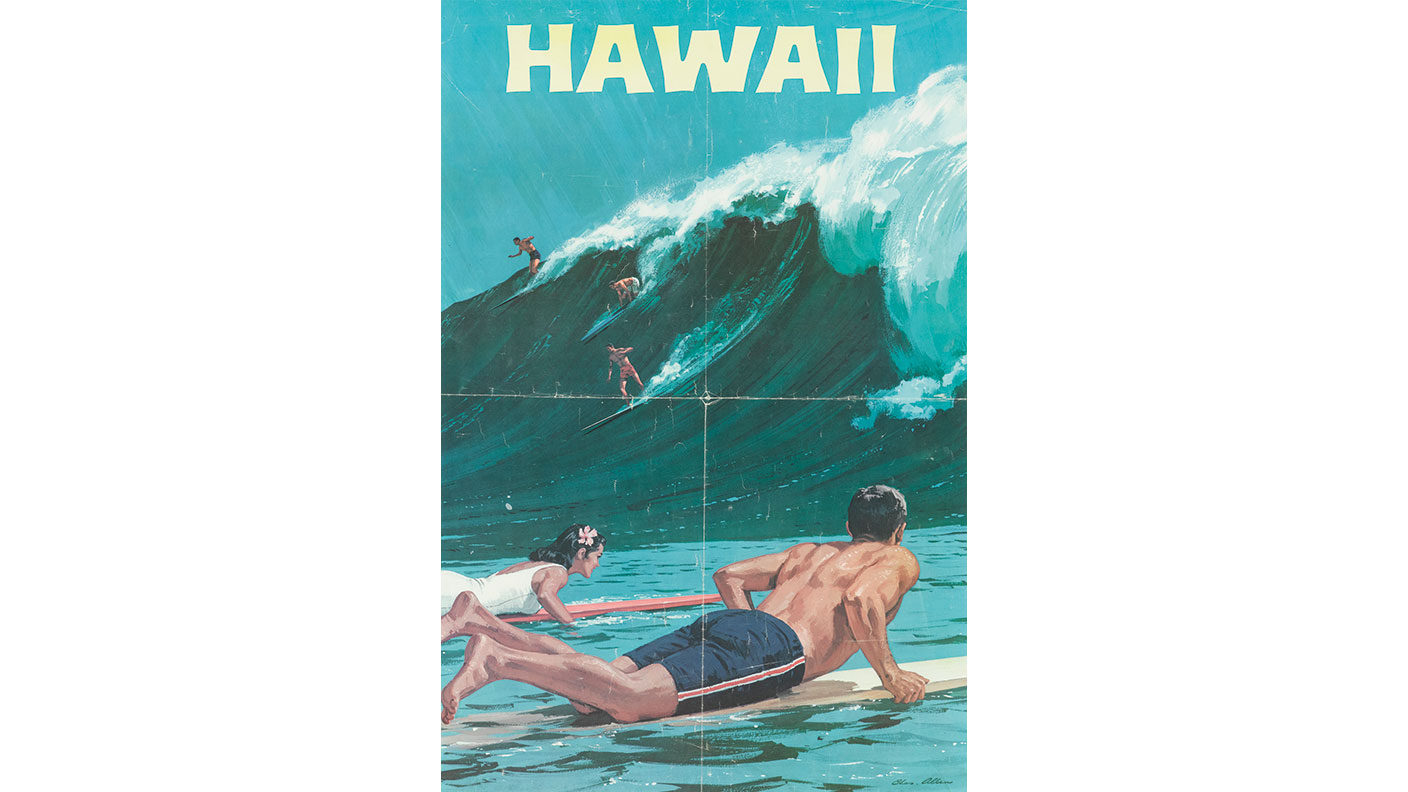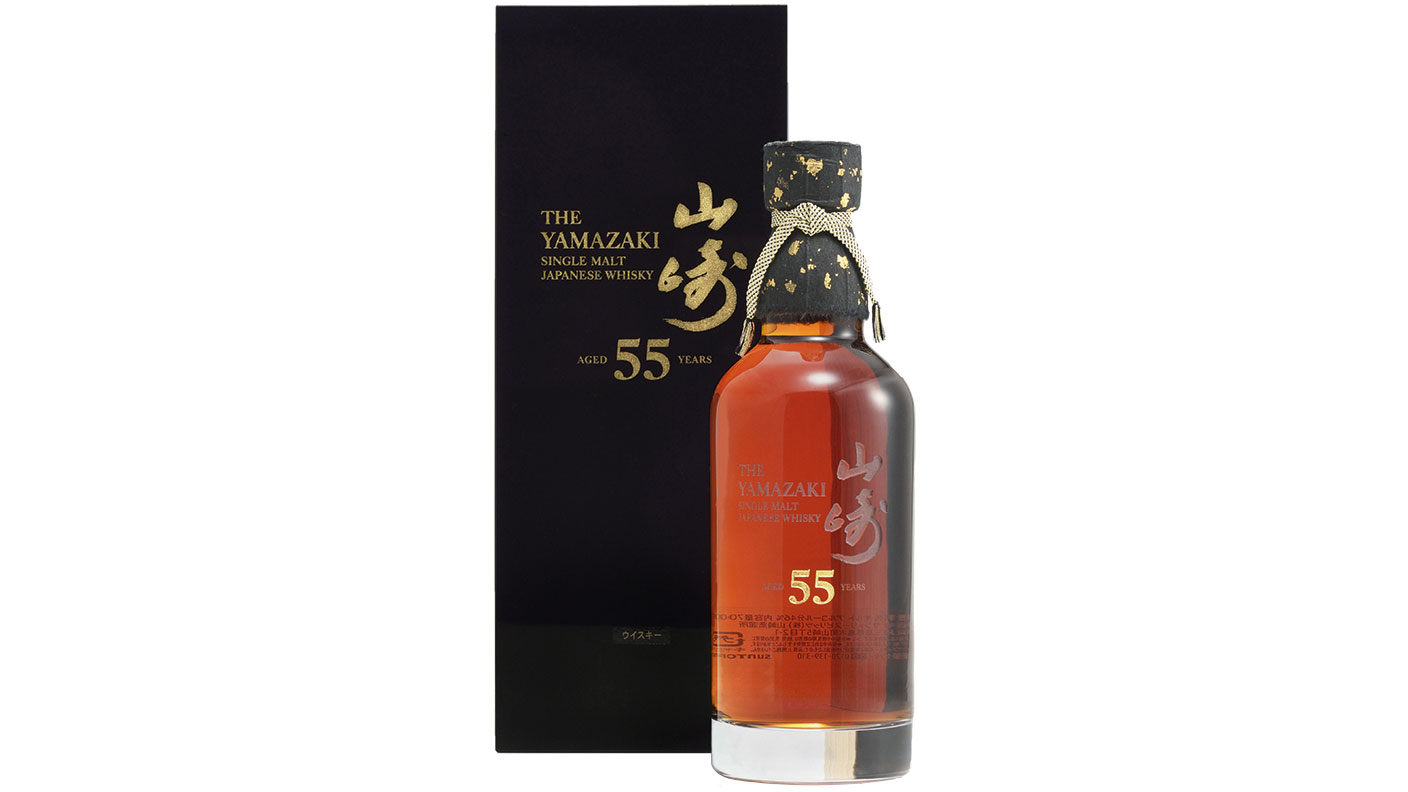Collectables: rum comes of age
Rum, the party spirit, is being taken seriously by collectors, says Chris Carter.


No longer just the frivolous spirit of pretty cocktails and beach parties, rum has come of age. Sales shot up by 53% over the past 12 weeks, making it the “spirit of the summer”, according to Waitrose. “We’ve been anticipating the year of rum for a while and it has finally arrived,” says John Vine, a spirits buyer at the supermarket. And while white rum is still the overwhelming mass-market favourite, “sipping rums” are becoming more popular.
Globally, during the five years to 2019, sales at the cheaper end grew by just 0.6%, according to research from IWSR Drinks Market Analysis. But in that same time, as Emily McAuliffe notes for BBC News, the high-end section of the market, comprising bottles costing $28 and more, grew by 8.3%. It seems the world is developing a taste for the finer stuff, even if rum still has some way to go before catching up with the sky-high prices fetched by some rare whiskies. But is that the right comparison to make?
Rum versus whisky
“Comparisons are often made between the whisky trade and aged rums, but it’s not that simple,” Isabel Graham-Yooll, auction and private client director at Whisky.Auction, tells MoneyWeek. “It was notable that whisky enthusiasts in particular, with their pre-existing knowledge and experience of the spirits market, were quick to identify highly collectable rums, for example from closed distilleries, with the most interesting flavour profiles. My tip would be to follow their lead.” Dawn Davies, head buyer at The Whisky Exchange, an online retailer of a wide range of rums, and sister company to Whisky.Auction, agrees. “There is not the same market for aged rums,” she says. “Although those in the know will pay well for old bottles of Wray and Nephew – a 1940s Wray went for $55,000, the 1780 Harewood rum went for over $100,000 [in 2014] – there is definitely a growing interest.”
MoneyWeek
Subscribe to MoneyWeek today and get your first six magazine issues absolutely FREE

Sign up to Money Morning
Don't miss the latest investment and personal finances news, market analysis, plus money-saving tips with our free twice-daily newsletter
Don't miss the latest investment and personal finances news, market analysis, plus money-saving tips with our free twice-daily newsletter
The best rum deals
So, where next for the rare rum market? “In the last decade, I have noticed a lot of rum brands trying to break through, but that is really only part of the story,” says Graham-Yooll. “It’s the special rums that are most sought-after and the race is on to find the next great cask, perfectly aged from an underappreciated distillery.”
“We’re seeing even recent bottlings such as Destino by Foursquare and Velier going at auction for double their release value,” adds Davies. “The closed Caroni distillery is where many rum collectors begin, but in truth every region, every island, has its own unique style, so good collectors quickly learn to identify the bottlers, such as Velier, that routinely hunt down the best rums,” says Graham-Yooll. Davies also likes Caroni, along with Uitvlugt and “old bottlings of Wray and Nephew, and Bacardi”.
Millennials are among the “biggest collectors”, but there are lots of established spirits collectors who are “good at identifying the best bottles to buy”, says Graham-Yooll. “It is not the general consumer buying these rums, but people with knowledge,” Davies agrees. “I would say [it’s] rum geeks.”
Surf's up!

Rum-based tiki cocktails, golden beaches and shaggy-haired dudes clutching longboards are what springs to mind when we think of surf culture. But there is more to it than that, says Bonhams. “Surfing is a lifestyle, comprising not just surfboards, but also the art, music, and literature that has grown up around it.” The history of surfing is “the story of innovation in the pursuit of pleasure. There is always a better wave; there is always a better board”, says Catherine Williamson, director of entertainment memorabilia at the auction house, which is hosting an online sale in partnership with Turner Classic Movies (it runs until Wednesday). Bonhams will be hoping that sentiment still holds true among the bidders for its array of surfboards, such as the Pacific Systems Square Nose Redwood from the 1920s. It is valued at up to $10,000.
Auctions
Going…

A bottle of the oldest Japanese whisky, a 55-year-old Yamazaki (pictured), is to be sold with Bonhams in Hong Kong on 21 August. It was released in June through a lottery system to residents in Japan. All 100 bottles were distilled in the 1960s and matured in Japanese Mizunara oak and white oak casks, giving the whisky a “deep reddish amber colour with a complex agarwood and sandalwood nose, rich in fruity scents... [and] a sweet aftertaste”. The gold-dusted bottle is housed in a black Mizunara oak box with Suruga lacquer, while the bottle mouth is wrapped in handmade Echizen Washi (a type of paper) and tied with a traditional Kyoto braided cord. It has been given an upper price estimate of HK$780,000 (£77,000).
Gone…
A rare bottle of 80-year-old Moutai, a brand of the traditional Chinese sorghum-based spirit baijiu, sold for ¥1.97m (£216,000) at an auction in eastern China last month – twice the pre-auction estimate. The bottle bears the “Lay Mau” label, which changed after the brand merged with three other distillers in southwestern China in 1953 to form the current state-owned company and widely known brand Kweichow Moutai. Vintage barrels and bottles of baijiu are popular among collectors in China and prices have been rising in recent years, says Natalie Wang on The Drinks Business.
Get the latest financial news, insights and expert analysis from our award-winning MoneyWeek team, to help you understand what really matters when it comes to your finances.

-
 Why you fear money – and how to fix it: MoneyWeek Talks
Why you fear money – and how to fix it: MoneyWeek TalksPodcast MoneyWeek's digital editor, Kalpana Fitzpatrick, speaks to financial psychotherapist Vicky Reynal about how to change your money mindset for the better.
-
 How cancelling unused direct debits could boost your pension by £37,000
How cancelling unused direct debits could boost your pension by £37,000A new year refresh of your spending could save you money and help boost your pension pot.
-
 'Investors will reap long-term rewards from being bullish on UK equities'
'Investors will reap long-term rewards from being bullish on UK equities'Opinion Nick Train, portfolio manager, Finsbury Growth & Income Trust, highlights three UK equities where he’d put his money
-
 The graphene revolution is progressing slowly but surely – how to invest
The graphene revolution is progressing slowly but surely – how to investEnthusiasts thought the discovery that graphene, a form of carbon, could be extracted from graphite would change the world. They might've been early, not wrong.
-
 A strong year for dividend hero Murray International – can it continue its winning streak?
A strong year for dividend hero Murray International – can it continue its winning streak?Murray International has been the best-performing global equity trust over the past 12 months, says Max King
-
 The shape of yields to come
The shape of yields to comeCentral banks are likely to buy up short-term bonds to keep debt costs down for governments
-
 The sad decline of investment clubs – and what comes next
The sad decline of investment clubs – and what comes nextOpinion Financial regulation and rising costs are killing off investment clubs that once used to be an enjoyable hobby, says David Prosser
-
 How to profit from the UK leisure sector in 2026
How to profit from the UK leisure sector in 2026The UK leisure sector had a straitened few years but now have cash in the bank and are ready to splurge. The sector is best placed to profit
-
 Who won the streaming wars?
Who won the streaming wars?The battle of the TV and film streaming giants for dominance looks to be entering a final phase. The likely winner may surprise you, says Simon Wilson
-
 'Investors should expect a good year for equities'
'Investors should expect a good year for equities'Opinion The economy is positive, and investors are still cautious, says Max King